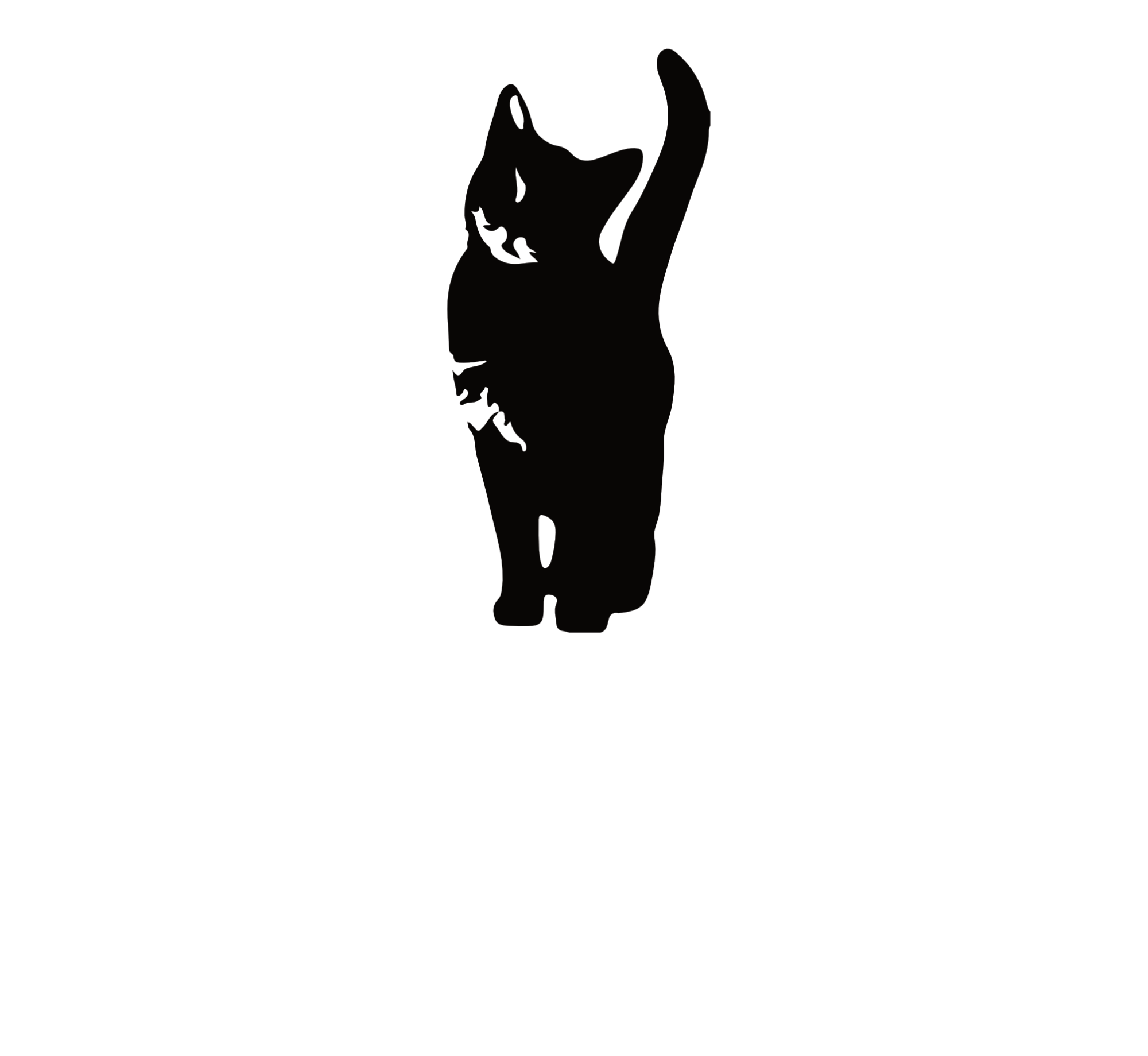I came so close to dropping the ball on my husband’s birthday.
Let me tell you, he’s a guy who absolutely deserves to be celebrated on his day. However, it’s unfailingly difficult to think of a gift for my husband, who claims he already has everything he wants. With only two days to go and no ideas, I turned to my sister. She is one of those people with the gift of gifting. Not a Christmas nor birthday passes that she doesn’t make half of us cry with her thoughtful, insightful, personal presents. She was to be my savior in this birthday debacle; after five minutes on the phone lamenting my dilemma, she casually tossed out the most perfect idea and I ran with it. Some people were just born to delight others; they know how people want to be treated.
Models, models everywhere…
A colleague recently asked me about the customer experience maturity model and its relevance in the modern CX space. I recalled the numerous maturity models I’d participated in creating over the past two decades and found myself feeling, well, tired; tired of talking about it, tired of iterations, tired of heralds proclaiming the best new model, and tired of witnessing those models lead nowhere far too often.
Ten or fifteen years ago, I was working on the front line of designing and building huge, global customer feedback programs and simultaneously building out the business processes to support them. In those days, customer experience maturity models seemed so clever. Something in me embraced the science of understanding the difference between my small-scale forklift-manufacturing client and my Big 3 auto client, and their distinct approaches to customer experience, and the concept of maturity kind of worked. Since then, though, I have fallen out of love with the maturity model. Don’t get me wrong – I don’t hate it. I think the model can be useful in some cases. However, I think it’s long past time we got honest about something.
The model is academic; it’s rigid, linear, and theoretical. It implies that maturing is a sequential process that must be completed step-wise, mastering one level of maturity before passing through the gate to the next. Forrester’s model describes a “path to CX maturity.” Gartner’s model recommends that a company should “head for higher levels of customer experience maturity.” There is, inherent in this thinking, the notion of a system or set of processes, experiences, or decisions by which maturity can be acquired or achieved. If we do the right things, in the right order, and with the passage of time, we can bring about an organization’s CX enlightenment.
With all due respect to those who have authored models over the years, this is bullshit, and we all know it.
It seems many of us forgot or never knew that the model is a tool to help organizations understand how behaviors link to results at discrete points in time. Maturity isn’t what shifts organizations to a customer-centric culture; maturity isn’t what drives front-line employees to enjoy delighting customers; and maturity isn’t what attracts and retains customers who are loyal, life-long, promoters.
It’s not difficult to think of upstarts (Cards Against Humanity, Trader Joe’s, Tesla, 1-800-FLOWERS) who were born with a knack for customer experience and can delight customers without tensing a muscle. It’s also easy to recall decades-old brands that provided exceptional experiences in the past, but are lagging now (Carmax, Applebees). But if it’s not maturity, what is it?
The Right People Doing the Right Things
In my experience, great customer experience reflects the extent to which a company identifies, creates, and fulfills opportunities for extraordinary CX. The companies who practice this principle exceptionally well are those with access to at least one person who has a high degree of empathy, insight, and creativity.
Empathic, creative, inspired people:
- Reach into the customer journey, experience, and feedback to discern what matters;
- Listen to employees and work to understand their challenges in delivering on the brand promise;
- Stand back from the noise and ask what CX & EX opportunities are unmet;
- Scope up and down through this holistic insight to prioritize opportunities and a recommend a plan for action;
- Keep it simple.
If you’re not already working with a person or team who can drive your CX strategy based on these talents and insights, hire one. Stop reading this blog post and do it now. Find a human being who is particularly good at being human, who understands people and can analyze information, who is probably a fantastic gift-giver, and hire them.
Regardless of what a company is doing today, no matter the subjective maturity ranking, any company can see rapid benefit from the presence of an empathic, creative, inspired individual or team if it is willing to commit the necessary resources. Look at the influencers you follow on LinkedIn, look at the disruptors and those companies that raise the CX bar – what do they have in common? It isn’t maturity, it’s leaders who understand what customers want and how they want to be treated. Then they put customers first, trusting that shareholder value will follow.
It isn’t about maturity. It’s much more spiritual than that, you see. It’s about perspective and willingness, inspiration and resourcefulness, honest self-appraisal and actually putting customers first – not just saying you do. Most likely, most of what you need is already available to you. Perhaps someone has told you that you must pass through the next three levels of maturity and the Candy Cane forest before you reach the summit. Perhaps you’re drowning in articles about CX and wondering how buying another [trendy solution] will help you delight your customers. Chances are, you just need a fresh perspective and a high quality human being. I might even know some folks who can help.



